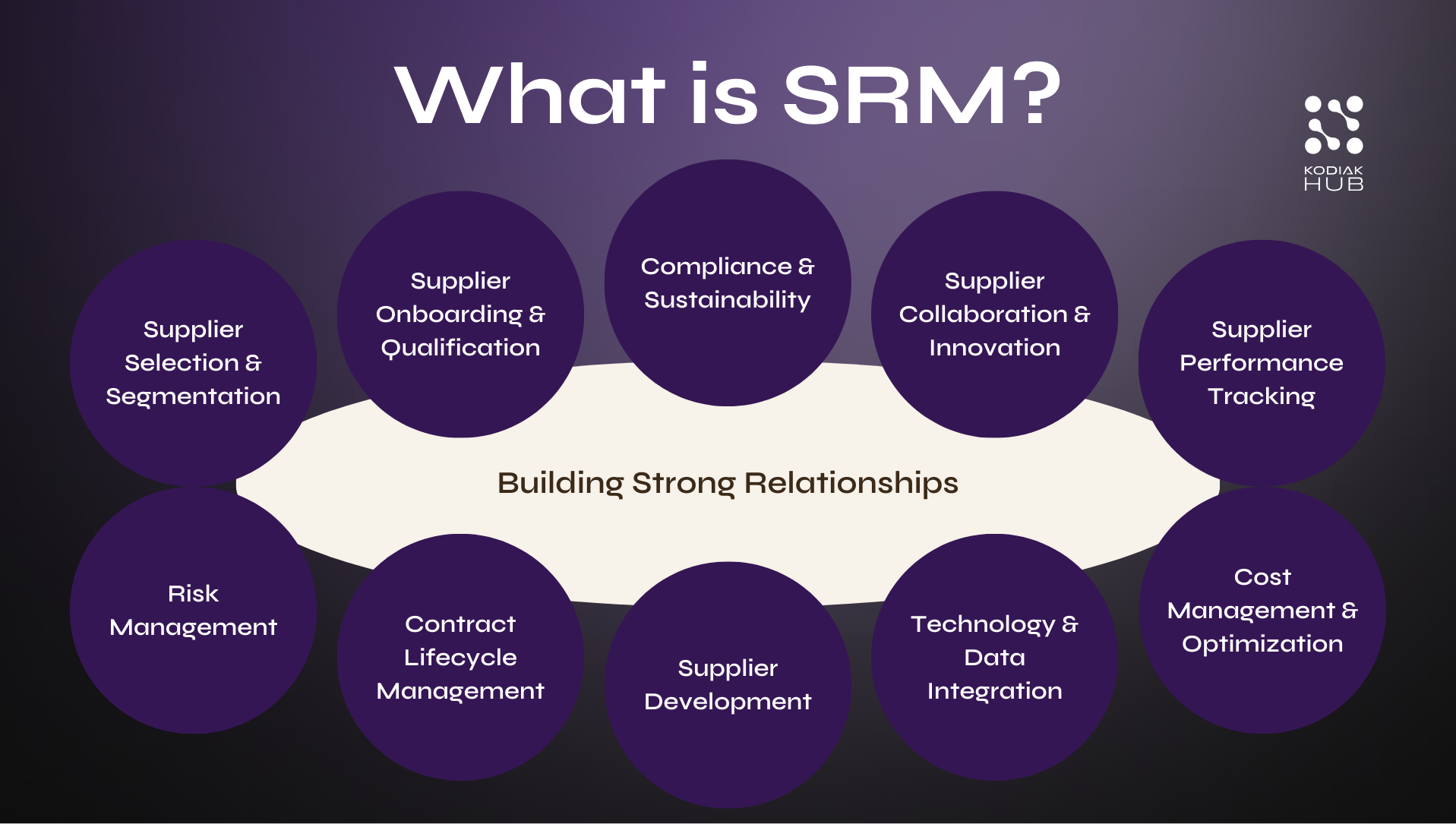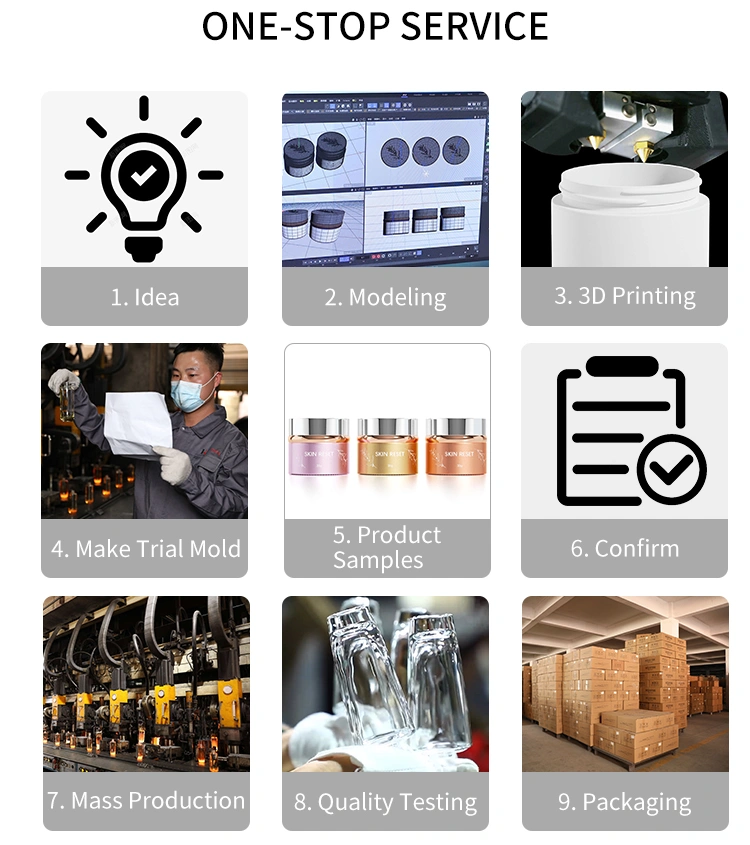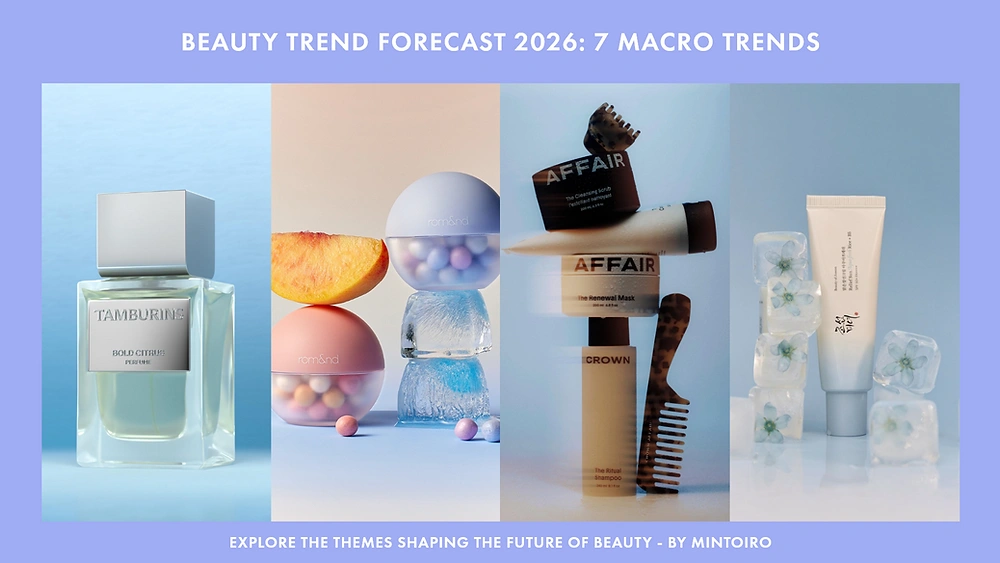1. Introduction
As the skincare industry moves into 2026, it is undergoing a profound and rapid transformation. Consumers—especially Gen Z and Millennials—are demanding more than product efficacy; they expect brands to demonstrate transparency, sustainability, emotional authenticity, and ethical integrity across the entire value chain. Hyper-personalization powered by AI, accelerated product development cycles, and disruptive digital channels have intensified competition, raising the bar for what modern skincare brands must deliver.
In this environment, isolated improvements in formulation, packaging, or marketing are no longer enough. Market leaders are shifting toward unified, omnipresent strategies that integrate supplier partnerships, next-generation sustainable packaging, data-driven personalization, and creatively engineered holiday sets into one coherent system. By aligning these elements, brands gain operational agility, craft richer storytelling, and build long-term resilience—turning every touchpoint, from sourcing to seasonal activation, into part of a seamless, adaptive growth engine.
This blog presents an actionable blueprint grounded in cutting-edge research, global trends, and real-world case studies—offering a practical framework for skincare brands seeking to rise above commoditized competition and achieve sustainable success in 2026 and beyond.
2. Supplier Partnerships: The Heartbeat of Unified Brand Building
Successful, next-generation skincare brands don’t treat suppliers as interchangeable vendors—they integrate them as core strategic partners embedded in every phase of their launch and growth journey. This deep partnership forms the heartbeat of a unified brand-building strategy, driving faster time-to-market, superior innovation, and operational resilience.
From Transactional to Transformational Partnerships
Historically, many skincare brands viewed suppliers as mere providers of ingredients, packaging, or manufacturing services. These arms-length, transactional relationships often led to missed opportunities, delayed launches, and disconnects between R&D, compliance, and consumer experience. Today’s best brands demand suppliers who:
- Co-Design Product Innovation: Leading suppliers now participate in ideation, formulation, and the development of unique, market-responsive products. This collaboration ensures rapid adaptation to scientific advancements—such as new actives or “clean beauty”trends—while tailoring each SKU for the target audience.
- Prototype and Scale Sustainable Packaging, Fast: High-performing partners help brands develop, test, and commercialize new packaging formats (recycled, refillable, compostable, digital-enabled), aligning every detail with the brand’s voice and green commitments.
- Unify Marketing, Compliance, and Logistics: Elite suppliers integrate regulatory testing, labeling, inventory management, and fulfillment—reducing handoff errors and bottlenecks, streamlining international expansion, and giving brands the ability to navigate multiple markets in record time.
This transformation shifts the supplier from a cog in the wheel to a driver of competitive advantage. For brands operating in 2026’s fast-changing landscape, it allows them to keep pace with evolving consumer demands and regulatory pressures by leveraging outside expertise and insight.

Practical Tactics for Building Integrated Supplier Partnerships
- Choose Turnkey Manufacturers and Solution Providers
Opt for partners who manage the entire process: packaging development, QA/compliance, and final fulfillment. This “single umbrella” approach cuts complexity, vastly accelerates speed-to-market, and allows for more creative product launches—especially when testing new concepts or seasonal kits.
Best practice: Before engaging, clarify your precise needs—batch sizes, technical requirements, certifications, scaling potential. A robust supplier relationship is built on transparency, a clear roadmap, and aligned growth expectations, not just price.
- Align on Sustainability and Transparency Early
In 2026, sustainability is non-negotiable. Work with suppliers who can document ingredient provenance, source eco-certified packaging, and provide traceable carbon footprint data. This alignment not only protects the brand from reputational or regulatory risks, but enables authentic, data-backed sustainability storytelling.
Example: Brands using supplier-enabled traceability have provided scannable proof-of-origin for key botanicals and packaging, earning consumer trust and competitive edge on digital shelves.
- Co-Innovate for Limited Editions and Festive Campaigns
Great suppliers aren’t just agile—they love to experiment. The best can quickly turn around prototypes for seasonal collections, influencer collaborations, or pop-culture-driven “drops.” By having suppliers involved in the brainstorming and early design phases, brands reduce lead times, stay on trend, and maximize the creative impact of every campaign.
Tip: Establish a streamlined feedback loop and keep suppliers updated on your future marketing calendar, so they can anticipate and suggest solutions for upcoming campaigns.
Example: The Power of Manufacturer-Brand Alliances
The evolution from transactional to collaborative partnerships is more than theory—it’s being realized by progressive beauty brands around the world. European companies leveraging reputable private-label manufacturers with integrated services are achieving launch-to-market timelines of as little as 3–6 months, compared to traditional 18–24 months. These alliances succeed because of:
- Two-Way Knowledge Sharing: The brand brings evolving consumer insights, cultural trends, and storytelling requirements; the manufacturer contributes regulatory know-how, technical expertise, market logistics, and access to novel materials.
- Adaptive Scalability: The right partners support small-batch launches for test markets as well as the ability to scale up for full commercialization or enter new geographies quickly, ensuring brands can seize trends as they emerge.
- Risk Reduction and Quality Consistency: Embedded suppliers align quality controls, compliance checks, and crisis response with brand standards—reducing costly incidents and protecting reputation..

3. Packaging and Product Design: Strategy at the Crossroads of Innovation, Emotion, and Sustainability
Next-generation skincare brands in 2026 position packaging as an orchestrated extension of product innovation and brand ethos—transforming it into a multisensory gateway that blends function, storytelling, and deep sustainability.
Next-Generation Packaging: Beyond Utility
Modern packaging transcends its protective function. It becomes a strategic brand platform—visually iconic, eco-principled, and digitally connected:
- Minimalism with a Purpose: The shift to clean, elegant designs remains strong, with restrained color palettes, intuitive labeling, and unembellished shapes. These elements convey scientific clarity, highlight ingredients, and act as an open canvas for communicating sustainability credentials—such as recycled resin logos, FSC certification, or water-based print, all capped with soft-touch finishes or subtle embossing for luxe tactility.
- Smart Packaging: QR codes and NFC chips allow products to become interactive. By scanning, customers gain transparent ingredient sourcing, recycling guides, tutorials, and loyalty rewards linked to their purchase. Forward learners are layering in AR for virtual try-ons, authenticity checks, and digital storytelling moments, deepening engagement and data acquisition.
- E-commerce-Optimized Designs: Packaging is robust enough for DTC shipping yet refined for shelf display, with multi-layered unboxing rituals that encourage sharing on social media. Protective inserts, airless systems, and compact formats minimize transit damage, waste, and shipping costs, directly supporting both efficiency and sustainability claims.
- Multi-Sensory and Seasonal Innovation: Packaging for limited editions and gift sets involves specialized textures, unique finishes (velvet, foil, micro-engraving), and occasionally even scents or visuals triggered by unboxing—turning standard releases into collectible, emotionally resonant events. Advent calendars, metallic sleeves, or pine-scented varnishes boost joy and anticipation during festive launches.
Integrating Design, Messaging, and Operations
Unified packaging strategy depends on seamlessly connecting internal teams and supplier partners from the earliest design stages:
- Involve Suppliers in Design Sprints: Collaborative workshops with chosen manufacturers and material innovators enable fast prototyping, regulatory pre-checks, and integrated consideration of costs, eco-certifications, and scalable storytelling features. For seasonal sets, this ensures every detail—from refillable pods to LED lighting or AR overlays—can be realized without post-design delays.
- Digital Transparency as Brand Differentiator: Leading brands use packaging (and the accompanying digital layer) to educate and inspire: from ingredient maps to “how to recycle”videos accessible via quick scan, they reduce customer confusion, reinforce their science and sustainability credentials, and increase trust.
- Consistency Across Launches: All touchpoints—core SKUs, holiday releases, influencer kits—share signature design codes, reusable or recyclable materials, and storytelling language. This integrated approach strengthens recall and assures consumers that seasonal excitement doesn’t come at the cost of the brand’s broader sustainability or aesthetic standards.
Example: Digital Ecosystems and Seasonal Joy
One standout case involves a skincare brand embedding NFC chips within limited-edition holiday boxes. Consumers unlocking the digital element were served festive playlists, personalized care tips, and exclusive offers—converting unboxing into an interactive, data-driven event that drove social buzz and offered insights for future product development.
Another example: Advent calendar sets in luxe, reusable organizers, paired with scannable codes for daily skincare routines and gifting stories, blend tactile, visual, and digital experiences. Such multi-layered packaging earns higher engagement rates, expands first-party data collection, and ensures that shopper delight translates to long-term loyalty.

4. Authentic Sustainability: The Golden Thread of Modern Brand Strategy
A new generation of skincare brands places authentic sustainability at the center of unified strategy, not as a marketing afterthought but as an operational operating system that shapes sourcing, formulation, packaging, messaging, and even after-use logistics. This “golden thread” approach ensures that eco-values are not siloed but run through every business function.
Building Sustainability into Brand DNA
- Sourcing for Real Impact: The next wave of brands emphasizes ingredient traceability, renewable resources, and ethical practices by working closely with suppliers, co-manufacturers, and packaging innovators. This means transparent, third-party verified claims about ingredient origin, animal welfare, vegan status, and even fair trade—meeting rising consumer and regulatory demands for clear proof, not just green language. Trusted suppliers are now expected to deliver full chain-of-custody documentation and be proactive partners in ingredient and materials innovation.
- Structures for Circularity: True circularity extends past packaging to ingredients, logistics, and take-back systems. In 2026, leaders are co-developing reusable, easily disassembled packaging that supports refilling, in-store deposit programs, and digital tracking of products’ end-of-life journey. Logistics innovations (such as at-home refill pouches or in-store reverse logistics) are making closed-loop beauty supply chains real, with EU and global regulation accelerating the shift beyond single-use models.
- Continuous Material Innovation: Leading brands work hand-in-hand with packaging pioneers, so they can pilot and rapidly scale emerging technologies—biopolymers, compostables, “edible”packaging, and next-generation PCR plastics. Fast adoption of these materials allows brands to stay ahead of regulation, cut CO₂ and waste, and strengthen the authenticity of their sustainability pledges.
Unified Messaging and Avoiding Greenwashing
- Authenticity Across Channels: In 2026, the winning brands weave their sustainability narrative seamlessly across packaging, digital, campaign, and store experiences. Every on-pack claim, online post, and influencer campaign is anchored in what’s truly being built into the value chain. This focus on consistent, supported messaging builds trust and deepens loyalty, especially among educated consumers and Gen Z buyers.
- Compliance and Future-Proofing: New anti-greenwashing directives are emerging globally. These require that every claim—“biodegradable,”“recyclable,”“carbon neutral”—be verifiable and certified by credible third parties. Close supplier collaboration enables brands to document, audit, and update all claims rapidly, future-proofing launches against regulatory change and potential PR crises.
Example: Eco-360 Holiday Set Campaigns
Best-in-class holiday and campaign sets are now statements of sustainability as much as style. Instead of creating one-time, waste-heavy gift boxes, next-generation brands are working with their supply and packaging partners to deliver:
- Plastic-free, mono-material cartons that can be recycled or reused for storage at home.
- Shipping cartons already constructed from recycled or upcycled content, with minimal ink and water-based primers.
- Digital guides, accessed via QR or NFC tags, explaining how to reuse or upcycle packaging—and encouraging participation in take-back or rewards programs.
- Add-ons like refill pouches or sample sizes in compostable sachets.
The results: greater consumer trust, enhanced perceived value, and viral social media moments focused not just on “what’s new” but “what’s responsible.” This synergy of design, messaging, partnership, and operational innovation sets a new industry benchmark for “eco-360” beauty.

5. Festive and Limited-Edition Sets: Amplifying the Unified Strategy
Festive and limited-edition skincare sets have evolved from being mere gift-giving opportunities into a stage for brands to demonstrate the full power and integration of their strategy—merging design, supply chain agility, sustainability, and marketing innovation into a magnetic consumer experience.
Coordinated Planning for Festive Success
- Theme Integration:
Winning seasonal sets begin with a deep commitment to brand authenticity. The most effective brands infuse their core values, signature visuals, and sustainability promises into every component. For example, winter gift boxes—crafted in FSC-certified paper, adorned with tactile finishes or reusable trays—visually extend the identity established by hero SKUs, rather than feeling like one-off products. Valentine’s, summer, and autumn kits can highlight different rituals or ingredient heroics, tailoring the narrative to the mood of each season while maintaining design and environmental consistency. - Supplier-Operated Agility:
Manufacturers skilled in both routine SKU runs and bespoke holiday kits are game-changers for brands looking to scale seasonals. The best partners offer the operational flexibility for small batch, quick-turnaround launches with the same quality standards and sustainably sourced materials used in core portfolios. With global packaging innovation, brands can commission decorative elements (engraved glass, metallic sleeves, shape-shifting organizers) or value-engineered packaging, all within sustainability thresholds and realistic MOQs. - Community and Social Commerce Activation:
Limited editions are now planned with community virality in mind. Gen Z–oriented launches capitalize on TikTok drops, influencer seeding, and user-generated content to drive fast adoption and online buzz. Interactive holiday sets—such as advent calendars with daily product “reveals”and QR codes linking to tutorials or AR surprises—are specifically developed for maximum shareability and emotional connection.
Practical Playbook
- Synchronize Set and Core Production: Develop core and seasonal sets in tandem, using the same cross-functional teams for collaboration between product, packaging, and marketing, ensuring every launch is coherent and mutually reinforcing.
- Delight with Eco-Beautiful Packaging: Opt for decorative trays, textile pouches, modular gift boxes, and even durable storage organizers. Use mono-materials or easily recyclable/compostable elements, ensuring the unboxing moment is both beautiful and sustainable.
- Ignite Pre-Launch Marketing: Build anticipation months in advance via waitlists, social teasers, and influencer sneak peeks. Tie set launches into ongoing storytelling (cause campaigns, ingredient spotlights, rituals) to ensure the limited edition adds to, rather than distracts from, the brand’s momentum and mission.
Example in Practice:
Brands such as Desert Essence and Live Tinted partner closely with suppliers to engineer keepsake boxes, interactive advent calendars, and elegant, eco-friendly folding cartons for holiday and limited runs. Their packaging—using soft-touch coatings, debossed designs, convertible trays, and embedded QR codes—unlocks digital tutorials and brand stories. This interactive, sustainable approach creates an experience consumers want to gift, keep, post, and talk about all year.

6. Unified Data & Consumer Insights: The Glue of Ongoing Innovation
Unified data strategy and deep consumer insights are now the essential binding force that keep every aspect of a brand’s innovation loop—R&D, packaging, marketing, and sustainability—tightly connected and perpetually responsive. Integration only reaches its true potential when data science, AI, and community engagement enable instant, precise feedback and hyper-personalized action on every pillar.
AI Platforms for Personalization
Modern skincare brands are rapidly incorporating AI into their CRM, diagnostics, and product recommendation engines. This allows them to:
- Analyze skin images, user routines, and preferences for hyper-individualized product regimens and onboarding flows.
- Use AI-powered diagnostics (like Perfect Corp’s Skin Analyzer) to offer real-time, customer-specific suggestions for both core and limited-edition sets—driving loyalty and improving customer outcomes.
- Immediately assess the performance of seasonal collections, enabling brands to pivot, iterate, or double-down on bestsellers with unprecedented speed.
These platforms empower rapid innovation: brands can quickly detect gaps in their product lineup, test demand for new formulas or packaging concepts, and provide responsive, tailored product launches.
Behavioral Targeting
Skincare marketing in 2026 is guided by psychographics, purchase journeys, and lived behaviors—far beyond legacy demographics like age and gender:
- CRM systems segment audiences by values (eco, results-driven, ingredient transparency), lifestyle (minimalist vs. routine-heavy), emotional motivators (aspiration, confidence, self-care), and even loyalty or influencer engagement.
- Email and ad content is directly fueled by behavioral signals: past browsing, reviews, shares, wishlist activity, or campaign engagement.
- Skincare brands now use AI to surface emerging routines or pain points on social channels, aligning new launches to address what real users are discussing—maximizing impact and ROI on every dollar spent.
This data-driven approach allows for pinpoint targeting of both evergreen and seasonal sets—ensuring relevancy, excitement, and conversion across all launches.
Community-Driven Brand Evolution
The strongest brands treat their community not just as a market, but as a creative engine:
- They actively co-create, whether through crowd-sourced product ideas, fan-voted packaging elements, open innovation portals, or live “formulation workshops” that let users tweak scents, actives, or packaging designs.
- Multiple brands, from Glossier to Function of Beauty, poll their communities for feedback on everything from product names and claims to shipping experiences—feeding insights directly into future launches and campaign strategies.
- Responsive brands go beyond social listening—they make genuine, transparent fixes based on what superfans and first-timers are reporting, fostering deep emotional loyalty, new product ideas, and PR buzz.

7. Future Trends: Preparing for 2026 and Beyond
To secure competitive advantage in 2026 and beyond, skincare brands must internalize and act on several critical, fast-evolving trends—each closely tied to a unified strategic approach that blends agile partnerships, holistic data, and boundary-blurring innovation.
Hyper-Personalization via AI and Skin Diagnostics
Emerging leaders are embracing AI-powered platforms and diagnostic tools to create bespoke skincare routines, product recommendations, and even on-demand formulations. These technologies integrate real-time skin analysis (hydration, pigmentation, barrier function), environmental factors, and even genetic data—delivering science-backed, personalized solutions that build loyalty, differentiate the brand, and enable both rapid iteration and lifelong customization for each individual. Digital twins and smart devices now predict future skin needs, updating recommendations dynamically as a user’s biology and lifestyle shift.
Global Expansion Through Digital-first Omnichannel
Modern brands launch and synchronize their campaigns, product drops, and storytelling across all channels simultaneously—reaching global audiences without fragmenting compliance or brand voice. Omnichannel strategy is not just about selling everywhere, but ensuring seamless, consistent experiences: connected CRM systems, localized content, real-time support, and global logistics that navigate regulatory, language, and sustainability standards in every market. Brands that master omnichannel CX with global agility can scale faster and respond to local consumer needs, regulations, and competitive landscapes.
Metabolic Beauty and Wellness Integration
“Metabolic beauty” fuses topical skincare, wellness supplementation, and health diagnostics—blurring the boundaries between beauty and well-being. Ingredient science, wearable biomarkers, and bio-intelligent formulations offer products that nourish from within while monitoring and responding to body needs. This trend requires even tighter collaboration between research, suppliers, and marketing—creating routines and narratives that address the root causes of skin concerns for holistic vitality, rather than mere surface-level fixes.
Transparency and Real-Time Impact Tracking
As heightened consumer and regulatory pressure demand radical transparency, brands are embedding technologies like QR batch tracking, RFID, and smart packaging to allow instant visibility into ingredient origins, environmental impact, usage instructions, and recycling best practices. Every product can be scanned for dynamically updated data—turning compliance into an engaging consumer asset and building trust through authentic, real-time accountability. This creates a new playing field where traceability isn’t a back-office function, but a must-have feature for every shopper and retailer.
8. Conclusion: The Unified Strategy as a Blueprint for Brand Longevity
A unified strategy is no longer optional—it is the foundation for building brand longevity, resilience, and genuine consumer love in the rapid-fire landscape of 2026 and beyond. Brands that think beyond the boundaries of product or marketing silos, forging deep partnerships with suppliers, weaving advanced sustainability through every layer, designing packaging that inspires and informs, and crafting limited-edition sets that amplify—not fragment—their story are those that will endure and thrive.
When each action, from supplier selection to AI-powered personalization and omnichannel engagement, is harmonized by a shared vision, companies unlock performance, speed, and flexibility unimaginable in the old, fragmented approach. Such integration allows for faster innovation, more responsive customization, minimized waste, better regulatory adaptation, and stronger, more authentic communications—both internally and to a global, values-driven audience.
The next generation of beauty leaders will be those who recognize that sustainability is not a trend, but a business framework; that packaging is not a box, but an experience and a platform; that festive launches are not distractions, but multipliers for engagement; and that data-empowered agility and community co-creation are the ultimate sources of both relevance and resilience.
Ultimately, the future belongs to unified brands—those with the discipline and creativity to ensure every product, campaign, and touchpoint radiates consistency, transparency, and purpose. These brands are best positioned to inspire loyalty, future-proof against industry upheaval, and nurture the lasting value that defines tomorrow’s beauty icons.

FAQs
How do I find and select a skincare manufacturer?
Determine your needs (e.g., private label, custom formulation, batch sizes) and seek partners with strong reputations, quality certifications, and transparent ingredient sourcing. Request samples and check existing client testimonials.
What are the key regulations I must comply with?
You must follow national and international regulations regarding product safety, labeling, claims, and certifications. This can include FDA (U.S.), CPNP (EU), Cruelty-Free, Organic, and other requirements, depending on your product and region.
How much does it cost to start a skincare brand?
Costs vary widely, typically ranging from a few thousand dollars (for small-scale, private label) to much more if developing custom formulations and packaging. Major expenses include product development, testing, manufacturing, branding, packaging, and initial marketing.
How do I ensure my products are safe?
All formulations should be stability- and safety-tested, ideally by third-party labs or your manufacturer. Document all test results and keep clear records for regulatory compliance.
What packaging considerations are important?
Choose packaging that reflects your brand identity and appeals to your target audience. Increasingly, brands focus on sustainable or refillable formats, clear labeling, and e-commerce durability.
How many products should I launch with?
Most experts recommend starting with a focused line (2–5 SKUs) to test the market, establish your reputation, and adjust based on feedback. Expansion can follow after initial success.


